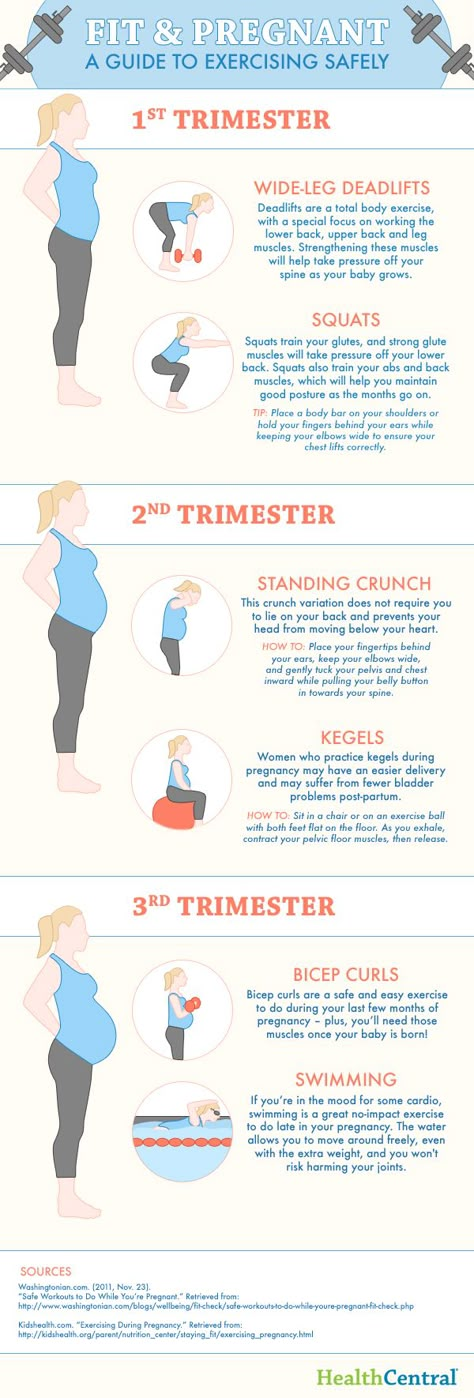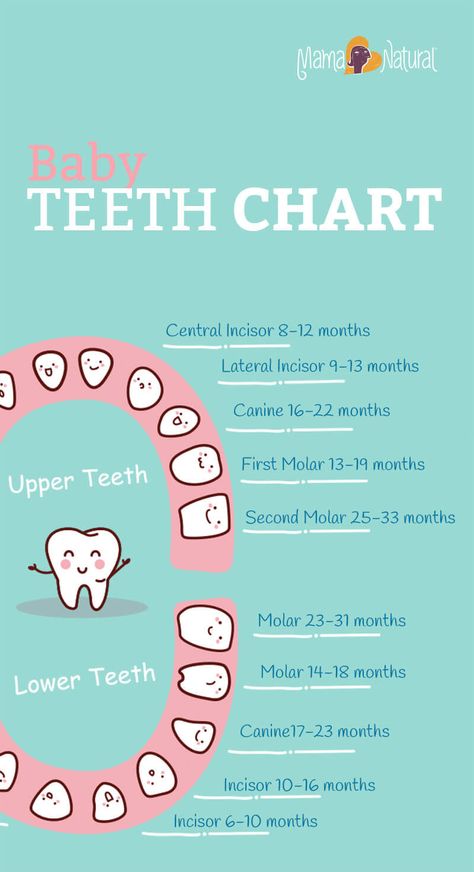How to help a child with autism speak
Teaching nonverbal autistic children to talk
March 19, 2013
Still among our most popular advice posts, the following article was co-authored by Autism Speaks's first chief science officer, Geri Dawson, who is now director of the Duke University Center for Autism and Brain Development; and clinical psychologist Lauren Elder.
Researchers published the hopeful findings that, even after age 4, many nonverbal children with autism eventually develop language.
For good reason, families, teachers and others want to know how they can promote language development in nonverbal children or teenagers with autism. The good news is that research has produced a number of effective strategies.
But before we share our “top tips,” it’s important to remember that each person with autism is unique. Even with tremendous effort, a strategy that works well with one child or teenager may not work with another. And even though every person with autism can learn to communicate, it’s not always through spoken language. Nonverbal individuals with autism have much to contribute to society and can live fulfilling lives with the help of visual supports and assistive technologies.
Here are our top seven strategies for promoting language development in nonverbal children and adolescents with autism:
- Encourage play and social interaction. Children learn through play, and that includes learning language. Interactive play provides enjoyable opportunities for you and your child to communicate. Try a variety of games to find those your child enjoys. Also try playful activities that promote social interaction. Examples include singing, reciting nursery rhymes and gentle roughhousing. During your interactions, position yourself in front of your child and close to eye level – so it’s easier for your child to see and hear you.
- Imitate your child. Mimicking your child’s sounds and play behaviors will encourage more vocalizing and interaction.
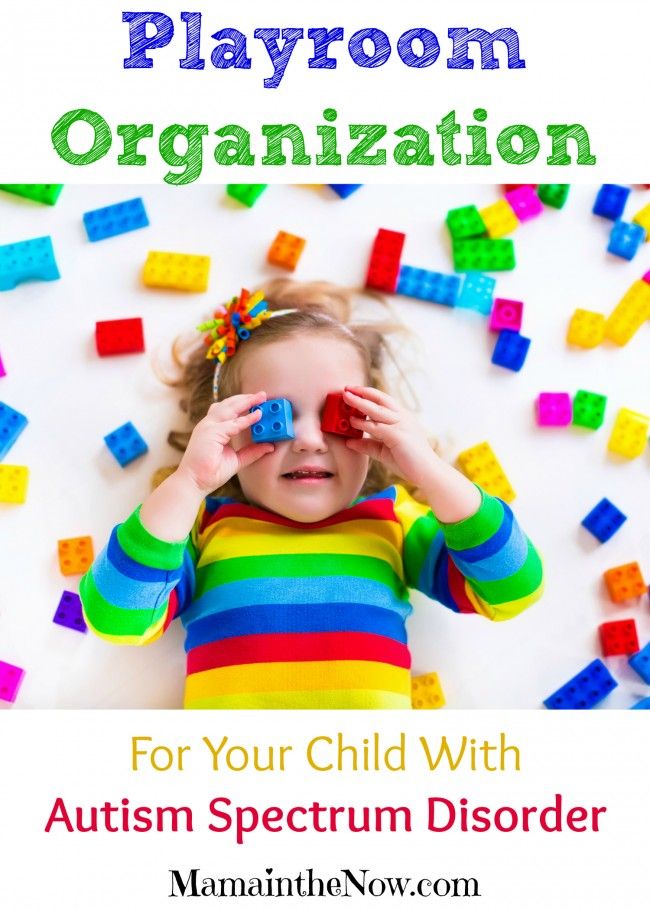 It also encourages your child to copy you and take turns. Make sure you imitate how your child is playing – so long as it’s a positive behavior. For example, when your child rolls a car, you roll a car. If he or she crashes the car, you crash yours too. But don’t imitate throwing the car!
It also encourages your child to copy you and take turns. Make sure you imitate how your child is playing – so long as it’s a positive behavior. For example, when your child rolls a car, you roll a car. If he or she crashes the car, you crash yours too. But don’t imitate throwing the car! - Focus on nonverbal communication. Gestures and eye contact can build a foundation for language. Encourage your child by modeling and responding these behaviors. Exaggerate your gestures. Use both your body and your voice when communicating – for example, by extending your hand to point when you say “look” and nodding your head when you say “yes.” Use gestures that are easy for your child to imitate. Examples include clapping, opening hands, reaching out arms, etc. Respond to your child’s gestures: When she looks at or points to a toy, hand it to her or take the cue for you to play with it. Similarly, point to a toy you want before picking it up.
- Leave “space” for your child to talk.
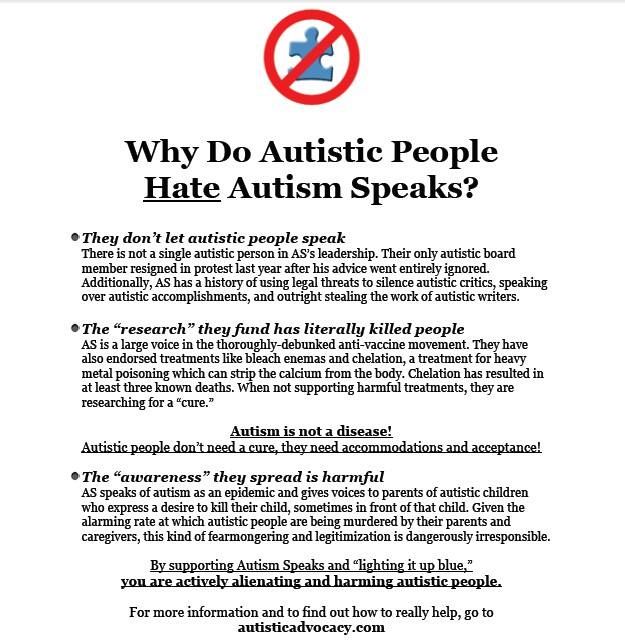 It’s natural to feel the urge to fill in language when a child doesn’t immediately respond. But it’s so important to give your child lots of opportunities to communicate, even if he isn’t talking. When you ask a question or see that your child wants something, pause for several seconds while looking at him expectantly. Watch for any sound or body movement and respond promptly. The promptness of your response helps your child feel the power of communication.
It’s natural to feel the urge to fill in language when a child doesn’t immediately respond. But it’s so important to give your child lots of opportunities to communicate, even if he isn’t talking. When you ask a question or see that your child wants something, pause for several seconds while looking at him expectantly. Watch for any sound or body movement and respond promptly. The promptness of your response helps your child feel the power of communication. - Simplify your language. Doing so helps your child follow what you’re saying. It also makes it easier for her to imitate your speech. If your child is nonverbal, try speaking mostly in single words. (If she’s playing with a ball, you say “ball” or “roll.”) If your child is speaking single words, up the ante. Speak in short phrases, such as “roll ball” or “throw ball.” Keep following this “one-up” rule: Generally use phrases with one more word than your child is using.
- Follow your child’s interests.
 Rather than interrupting your child’s focus, follow along with words. Using the one-up rule, narrate what your child is doing. If he’s playing with a shape sorter, you might say the word “in” when he puts a shape in its slot. You might say “shape” when he holds up the shape and “dump shapes” when he dumps them out to start over. By talking about what engages your child, you’ll help him learn the associated vocabulary.
Rather than interrupting your child’s focus, follow along with words. Using the one-up rule, narrate what your child is doing. If he’s playing with a shape sorter, you might say the word “in” when he puts a shape in its slot. You might say “shape” when he holds up the shape and “dump shapes” when he dumps them out to start over. By talking about what engages your child, you’ll help him learn the associated vocabulary. - Consider assistive devices and visual supports. Assistive technologies and visual supports can do more than take the place of speech. They can foster its development. Examples include devices and apps with pictures that your child touches to produce words. On a simpler level, visual supports can include pictures and groups of pictures that your child can use to indicate requests and thoughts. For more guidance on using visual supports, see Autism Speaks ATN/AIR-P Visual Supports Tool Kit.
Your child’s therapists are uniquely qualified to help you select and use these and other strategies for encouraging language development.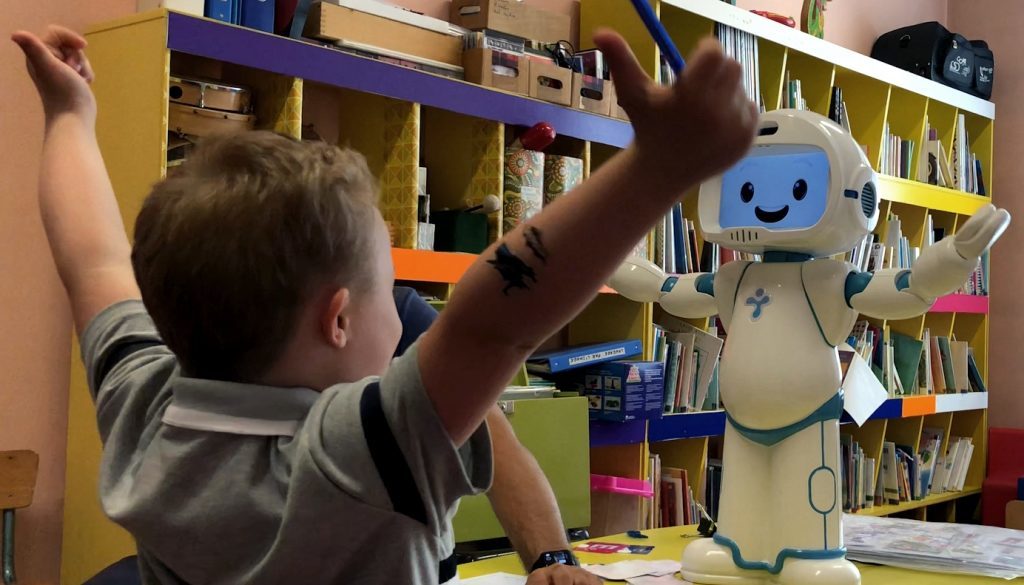 Tell the therapist about your successes as well as any difficulties you’re having. By working with your child’s intervention team, you can help provide the support your child needs to find his or her unique “voice.”
Tell the therapist about your successes as well as any difficulties you’re having. By working with your child’s intervention team, you can help provide the support your child needs to find his or her unique “voice.”
Blog
How to make the holidays more meaningful for yourself and your autistic loved ones
Blog
Giving Thanks: Autistic adult credits his family, friends and therapy for his good life
Expert Opinion
Tips for creating an autism-friendly Thanksgiving
Blog
In Our Own Words: Embracing empathy and individuality to overcome bullying
Blog
Expert Q&A: Dr. Ryan Adams shares tips and resources to end bullying
Blog
Catching up with Kaitlyn Y.
Blog
Expert Q&A: Supporting siblings of autistic children with aggressive behaviors
Podcast
Adulting on the Spectrum: Constructed language, job hunting and Pokémon
Why PRT Is the Most Effective Way to Help Kids with Autism Speak
Share on PinterestPivotal response treatment (PRT) may be the most effective way to help young children with autism improve language and communication skills. Getty Images- New research finds pivotal response treatment (PRT) may be the most effective way to help young children with autism improve language and communication skills.
- PRT is a behavioral treatment for autism. This therapy is play-based and initiated by the child.
- Using a child’s interests in therapy helps ensure the child remains motivated while learning and increases the likelihood they’ll spontaneously use these same communication skills outside of treatment.
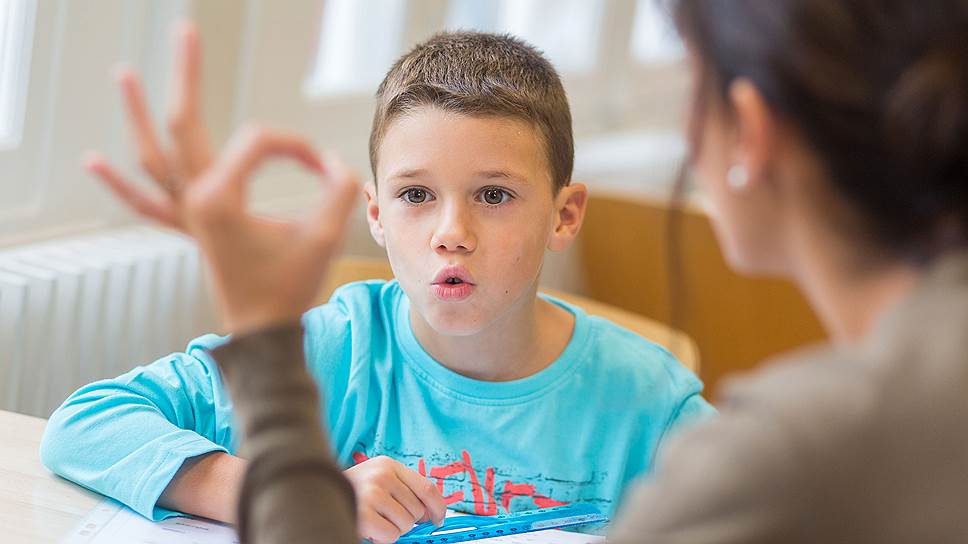
- Experts say early intervention can also help improve treatment effectiveness.
Raising a child with autism can come with a lot of joys and wins, but there are also a lot of challenges. For many parents, one of the biggest of those challenges is learning how to communicate with their child.
“Between 25 and 40 percent of children with autism are nonverbal, depending on whose stats you listen to,” speech-language pathologist Susan Berkowitz told Healthline.
Beyond that, she explains, autism is largely a language disorder, always presenting with at least some communication struggles.
“Many children have some verbal skills, but not always enough to meet their communication needs. That can be difficult, discouraging, and demoralizing for parents, particularly mothers, if they are the primary caregiver,” she said.
American Academy of Pediatrics (AAP) spokesperson and neurodevelopmental pediatrician Dr. Lisa Shulman told Healthline that a “lack of reciprocal exchanges between the parent and a child with ASD can have a significant impact on bonding, especially in situations with extreme communication limitations on the child.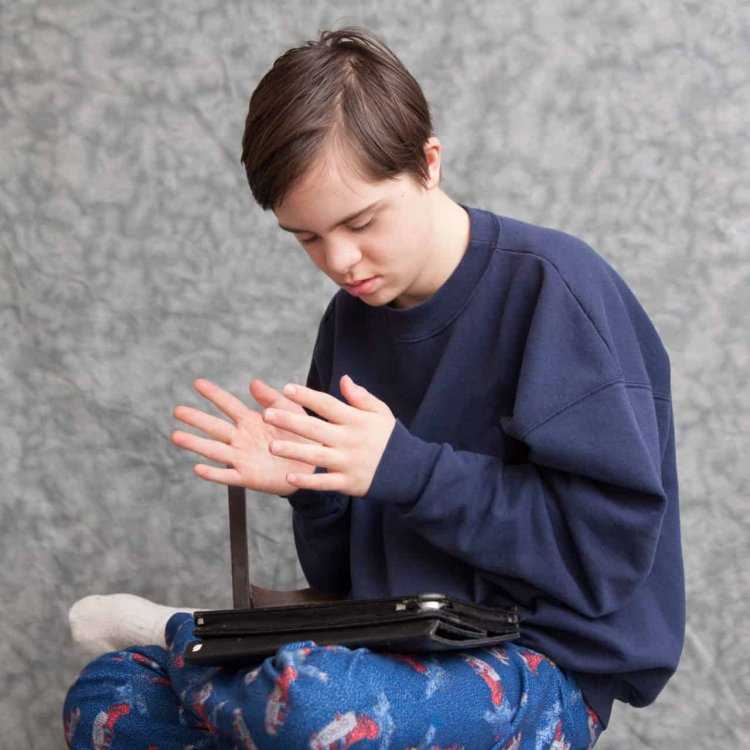 ”
”
She gives the example of the feeling parents describe upon witnessing their baby’s first smiles, or hearing their first words.
“Parents often say that finally, after many sleepless nights, they have tangible evidence that their baby is truly a social being, responding to them as an individual. That recognition often seems to cement the relationship, bringing it to a new, reciprocal level,” Shulman said.
When that reciprocity isn’t there, it can cause strains on the bond and stress for the parent. So, seeking out the best treatment options becomes crucial for both the parent and child.
New research points to a therapy that could be best for helping children with autism spectrum disorder (ASD) improve their language abilities.
The study, led by Grace Gengoux, PhD, the clinical associate professor of psychiatry and behavioral sciences at Stanford University, looked at 48 children between the ages of 2 and 5 years old, all of whom had an autism diagnosis and were experiencing serious language delays.
These children were split into two groups. Half received pivotal response treatment (PRT). The other half continued with whatever treatments they had been receiving before the start of the study.
By the end of the study, the children in the PRT group were speaking more than the other study participants. The words they were using were better recognized by others as well.
PRT involves relying on a child’s own motivations to get them to speak.
For example, if a child seems to be expressing interest in a toy on the ground, the therapist would pick up that toy and use the name of it to encourage the child to repeat the name. When the child does so, they’re rewarded by then being given the object.
For the purposes of this study, participants underwent 10 hours of weekly therapy for the first 12 weeks. Parents received one hour of training every week on how to utilize the therapy at home as well.
During the second 12 weeks, children received five hours of weekly therapy. The parents continued with monthly instruction sessions.
The parents continued with monthly instruction sessions.
This type of child-led therapy is important, according to Gengoux, because, “When adults choose the therapy goals and direct the child’s play, the child may resist or show disruptive behavior to avoid the demands.”
Gengoux explains that using a child’s interests in therapy helps ensure the child remains motivated while learning.
“When children learn to communicate about the things they love, they are more likely to use these same communication skills spontaneously outside the treatment context,” Gengoux said.
“Pivotal response has been around for a while, though I’m not sure too many SLPs [speech-language pathologists] are adequately trained in it. But the principle of using the child’s interests is the same across a number of philosophies and strategies,” Berkowitz said.
Shulman, who specializes in diagnosing and treating children with autism, adds that in addition to the type of therapy used, intervening early is also important.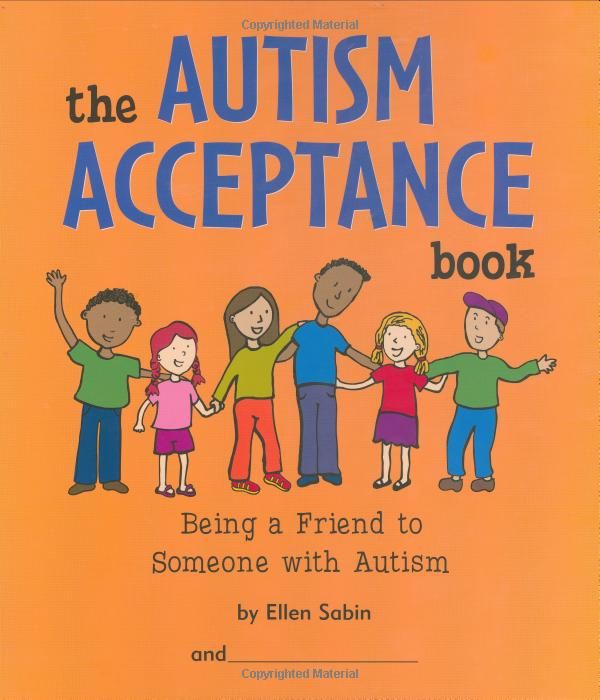
“There is strong evidence for brain plasticity in young children, giving us a critical period for effecting meaningful change. There is, as well, practical value in getting in there with adaptive strategies before maladaptive routines are entrenched,” she said.
From there, she agrees that PRT may be the best way to help young children with autism improve their communication skills.
“Motivation is key to achieving the best results in intervention,” she said.
Giving the example of a child who loves watermelon, she added, “If offered watermelon, he will bring his best effort and skill to that inherently reinforcing scenario. Likely more so than if he is offered Brussels sprouts. Make him work for it when he is motivated, and keep doing so in naturally reinforcing situations.”
For parents who are concerned about their child’s speech development, Gengoux said, “It is reasonable to consult with an experienced professional (developmental pediatrician, psychologist, speech-language pathologist) or to request formal evaluation. ”
”
She explains that most states have early intervention programs for children with developmental delays. Many insurance plans will cover medically necessary behavioral therapies.
Also, many school districts will provide speech therapy when warranted.
But what can parents do at home?
“Encouraging a child to talk about the items and activities the child is naturally interested in across their natural environments can help the child learn language skills more quickly,” Gengoux said.
However, making that happen doesn’t have to be scary or stressful.
“When child communication during natural routines is encouraged and rewarded, their social development improves as well. Effective therapy can also be fun and involve the whole family,” Gengoux said.
How to teach a non-speaking child with autism to repeat sounds and words?
06/16/16
Several strategies for the development of basic skills for oral speech in children with autism
Source: bcotb. com
Author: Katherine Ganem / Catherine Ganem
9000 9000 9000
one of The main symptoms of autism are a lack of age-appropriate speech and communication skills. When teaching children with autism to speak, one of the first and most important skills is vocal imitation. Echo or vocal imitation is a type of speech where the speaker repeats the words of another speaker. For example, when a child says "bye" after his mother says "bye". It is obvious why vocal imitation is so important: if a child can repeat other people's words, then this will facilitate further learning in requests, naming objects and answering questions.
The first step in learning vocal imitation is choosing a reward that is valuable to the child. It can be an edible reward, favorite toys, or some kind of action (for example, tickling).
The child's existing repertoire should be assessed next. How often does the child make any sounds, babble? Can he spontaneously make different sounds, or does he repeat the same speech sounds over and over again? What sounds did the child make in the past? Write it all down ahead of time to help you determine a strategy or strategies for furthering your child's education.
One or more of the following strategies can then be selected:
1. Stimulus-Stimulus Combination
Purpose: To form a link or association of speech sounds with strong rewards so that speech sounds themselves become rewards in the future and something pleasant for the child.
Practice: Choose speech sounds that the child has already made in the past, or those sounds that are easiest to pronounce (“ba”, “mmm”, etc.). Extend the encouragement to the child and say the desired sound. If the child makes or tries to make a sound, immediately give him encouragement. If there are no sounds, then give him encouragement after a pause of one second. Remember, your goal now is to form an association between the sound and the reward, so the child doesn't have to say anything at all. However, if the child does repeat the sound after you, then reward him much more than when there were no sounds.
Rewards: For this program, the best rewards are those that don't have to be constantly taken back from the child. For example, it could be small bites of a child's favorite treat, or pleasurable adult activities such as tickling. It is best to avoid rewards that will have to be taken back (such as toys) unless the child has other types of rewards. Some children may become frustrated if a toy is taken away from them every five seconds.
Note: It usually takes hundreds of trials for a child to successfully imitate the sound of speech in this program. Gather data on what sounds your child is making to determine what sound should be the next target. Subsequently, from training in the "stimulus-stimulus" program, you can move on to training in requests. (See also How to Teach Your Child to Speak.)
2. Vocal play
Purpose: To combine or create an association between speech sounds and fun activities that the child prefers.
Practice: Start playing with your child or doing something he or she usually enjoys. While playing, as often as possible, make simple sounds and vocalizations that are usually associated with such a game (for example, "Beep-beep!", "Bang!"). If the child spontaneously repeats the sound after you or starts babbling, immediately praise him as much as possible and encourage him. However, do not ask or demand that the child say something.
Over time, the child will begin to associate funny sounds with play and will be more likely to imitate these sounds in the future.
Reward: Any game or favorite activity of the child. You can keep an extra reward (such as your child's favorite treat) handy just in case, to reward any spontaneous speech sounds.
Note: In this program, it is useful to set a timer for a certain time and count how many speech sounds the child makes so that you can track his progress.
3. Teaching requests with gestures simultaneously with words (total communication method)
Purpose: To create an association between speech sounds or words and specific rewards during teaching gesture requests.
Practice: When teaching gesture requests, always say the name of the item during each teaching step. If the child has already learned to ask with a gesture, then name the reward when you give it to the child. If the child is learning a new gesture, name the reward when prompting the child for the sign and then give the reward. Over time, the child will learn to associate the word with the reward, and this will increase the likelihood of word attempts and spontaneous verbal requests. (See also How to teach your child to ask with gestures.)
Reward: An item that the child asks for with a gesture.
4. Reward all sounds
Purpose: Reward all the sounds your child makes so that he is more likely to repeat them in the future.
Practice: Give your child encouragement and praise (Example: "Good job saying 'a'!") every time he or she makes a speech sound. This should be done throughout the day.
Reward: It is best to choose several rewards from different categories (eg different types of products, different activities, different toys). Otherwise, the child will quickly get fed up with the reward.
When the child can already imitate (or tries to imitate) basic speech sounds, other procedures can be used to form articulation and pronunciation of words. (Also see Vocal Imitation Teaching Technique and How to Help Your Child with Autism Speak More Clearly.)
Finally, some children learn different vocalizations faster than others. Babies who babble a lot are much faster at making different sounds than babies who don't babble. (See also "What does babbling mean in a non-speaking person with autism").
See also:
How to teach communication to a non-verbal child?
It's time to explore non-verbal autism not only in words
We hope that the information on our website will be useful or interesting for you. You can support people with autism in Russia and contribute to the work of the Foundation by clicking on the "Help" button.
ABA Therapy and Behavior, Parenting Children with Autism, Communication and Speech
What if a child with autism does not speak?
02. 11.16
Interview with one of the speakers of the II International Scientific and Practical Conference “Autism. Pathway Choice, Speech Therapy and Alternative Communication Expert, Rachel Harkawick
Interview: Elizaveta Morozova
Dr. Certified speech therapist, language and speech development specialist, expert in evidence-based methods of alternative and assisted communication in autism. She specializes in the selection of innovative, comprehensive services supported by the family and the environment for people of all ages in accordance with their communication needs.
Many parents of children with autism are primarily concerned about the lack of speech in their child, and this is the main problem with which they turn to specialists. What is important for parents to know in such a situation?
First of all, it is important that parents trust their intuition and know that their child is capable of more than it seems now. So when parents ask me: “When will my child speak?”, I am always very happy.
Second, parents need information about who to contact for help. That is, firstly, it is necessary that parents ask themselves what will help the child to speak, and secondly, that they actively seek resources that can help them and work towards this goal.
Of course, it is very difficult for parents who do not have such resources to help. Most parents are very sane, but they may lack information on how to proceed and how to change their approach to their child. So the first step is to find resources for the family and understand what questions to ask and who to contact.
What kind of help can this be? What methods can help in the development of the speech of a child with autism?
One such approach that I specialize in is assisted or alternative communication, or AAC. This approach includes a large number of practices in which a person uses either his hands, for example, for sign language, or some external objects, such as a communication board, PECS - a picture exchange system, other types of communication using images that are not a systematic approach within PECS, as well as various communicators with the function of generating speech (now mainly applications for phones and tablets are used for this purpose). These are the most standard HAC forms for children with autism and are often used in the United States.
Many parents are afraid of alternative communication methods, as they feel that this will hinder the development of speech and that the child will lose the motivation to speak.
I think this is a common fear among parents. Because this approach seems illogical - if you want to teach a child oral speech, then why do something with him that is not oral speech? And I totally understand that concern. However, what auxiliary and alternative communication provides is the training of those skills that contribute to the development of expressive speech.
If we analyze the VAC methods, they help develop social skills, they help develop shared attention skills, because these systems require exactly shared attention - the ability to attract the attention of another person and show him what you want. And these skills are the basis, the foundation for the development of oral speech.
In addition, these systems make language visual for a child with autism, it becomes easier for him to understand what language is. Through an alternative communication system, the child is given the opportunity to communicate what he wants in a consistent manner, and this, in turn, encourages the development of speech.
That is why so many children who master these methods begin to speak after a while. My experience is that with these methods, children begin to speak faster than with more traditional language development techniques.
When would a child benefit from such a system? Indeed, sometimes it is believed that the child “speaks”, but in reality it is only one or two words, or the child tries to speak, but no one understands him because of problems with articulation, or the child has only echolalia, he repeats words after other people , but does not use them functionally. In what situations does a child still need an additional communication system?
You have already listed the groups that I would like to mention. It's pretty obvious that the WAC is for kids who can't say a word, because we have to start somewhere. However, if the child is two, three or five years old, then one word cannot be equated with a full-fledged language system. So I would recommend WAC to all children who have no words at all, or who have a minimum of words, and this is very inappropriate for their age.
Even children who speak a lot of words often need VAK, but they use these words for only one function. For example, a child may name all of his toys when asked "What is this?" but he cannot ask you to go to the toilet or ask you for a simple item. That is, the child says a lot of words, but he does not use them for various practical purposes. And many of these children can be good candidates for VAK. The same applies to children who use rigid "language scripts", in their case, VAK can facilitate the transition to more natural social interaction.
So the indications for the use of VAC can be very broad, and this applies even to children with a fairly rich vocabulary. Thus, VAK is not only for those children who do not speak a word.
Let's say the parents decide: "Yes, our child needs alternative communication." Where is it better for them to start, which method of all of the above should they choose?
Ideally, you will work with a specialist who understands these techniques and can assess the child's development and ability to use my or another system. There is no method that will suit any child, first you need to form a profile of the child, his strengths and weaknesses, as well as needs, and based on this, choose a system.
In general, those children who have very low social skills, who do not initiate communication with other people, I usually start working with them using the PECS system, because it teaches the child to communicate initiative.
For children who have more social interaction skills but do not speak, I usually use sign language, communication board or speech generation devices. Because these children already have attempts to communicate, and I just give them the words to do it.
So for me the main question is whether the child is trying to communicate and if so, what these attempts look like. Based on this, a decision can be made on which method is best for the child. And we select the system in accordance with the abilities of the child, and not vice versa.
Speaking of communicators, what are these devices and how accessible are they?
This is a very interesting area. The use of technology is a relatively new field; modern communicators have only been around for about fifteen years. If we talk about applications for communication, then the first such program appeared only in 2006. However, despite the novelty, they are now in great demand in the US, and you can even buy an iPad for this purpose at the expense of health insurance. As far as I know, Android is more popular in Russia than Apple, as they are more accessible.
And I think that if you choose an application for communication, then you should approach this as a choice of a communication system as a whole. There is no such application that will suit everyone, you need to assess the needs of a particular child. There are applications that rely on a relatively small vocabulary, such as GoTalk, and there are even free applications that can be used for this purpose. And there are also very expensive applications that represent a whole language. I understand that the last category of applications is usually not Russified, so they are not available in Russia, but in the USA they are very popular, for example, such applications include Proloquo, “Speak for Yourself”, and there are also separate DynaVox communicator devices. All of these are systems that represent a whole language, and they include thousands of already written words and the ability to make sentences from them.
I know that such systems are already being used in Russia, but still not at that level. Therefore, in trainings in Russia, I usually recommend less high-tech methods, since they can control the volume of the vocabulary and the development of the language to a greater extent. And I think that such applications are becoming more and more available in Russia, but for now they are mostly a matter of the future.
However, if the child does not yet need a complete language system that includes thousands of words and the grammar of a particular language, then applications such as GoTalk and PECS IV can be used, in which you upload images yourself and write down the words yourself that will correspond to these images, and which, due to this, are suitable for use in Russian. And at the initial stage of learning alternative communication, such applications are very good options. But if in the future the family needs to program hundreds, thousands of words, then it is still better to use low-tech methods that are easier to control.
As for standalone communicator devices, they are now also produced as tablets, so you will be dealing with a tablet anyway, the only difference is whether it is a separate device or a regular tablet on which you have installed a special application. The same Android tablet is used as the basis for such devices, the only difference is in the software. Previously, communicators used devices that could only be obtained from a certain company and nowhere else. Now it's still the same tablet with a touch screen.
And in the US, such devices or tablets can be obtained through health insurance, but only if the examination of the child shows that the communicator is really suitable for him.
How should parents act, for whom it is unrealistic to find such a specialist, how should they teach their child to use the chosen communication system?
The main thing to understand is that when you introduce a child to the HAC system, you introduce him to a foreign language. He will not understand what to do and how to use it on his own, systematic and lengthy training will be needed. For example, I don't speak Russian at all. So it's like sending me to the center of Russia without an interpreter. I don't understand how to speak Russian just because people around me speak it. Therefore, even if the VAK system seems very simple to you, and its application is obvious, this does not mean that the child knows how to use it.
Even if the picture shows an apple, this does not mean that the child will understand its meaning. Thus, for some time you will need to train the child. One of the best ways to do this is to show your child how to use the system by example. If you want to talk about getting an apple, you lead the child to the communicator and you yourself click on the picture of the apple, and then take the apple. Thus, you yourself begin to speak using the device. In the same way, if I want to learn to speak Russian, I need someone to address me in Russian, and I would be able to answer him in Russian, and in this way I would practice in a new language. So it's helpful to think of it as a second language and speak with the child's communication system to model its use.
If you choose PECS as your communication system, you will need to read and follow the manual for that system. PECS is a very systematic and very structured approach. You can't just watch the video and start using this system. Luckily, the PECS manual is very detailed, yet simple and easy to understand. It has all the necessary details of what to do at a particular stage, while always explaining why it is necessary. So I think this guide is a good option for parents who don't have the opportunity to get professional help.
As for tablet apps, no guides are included because the strategies for teaching these apps are the same as for speaking. So parents should look for articles on the topic of “speech modeling”, and then simply transfer the techniques for teaching verbal requests to the application. You can also look at materials on how parents can better encourage the child's speech, respond to it, as well as how to "follow the child's initiative." All these techniques, by and large, do not change, the difference is only in the means of communication.
You gave examples about PECS, other image-based systems and devices, but not about gestures. Are they effective in principle, and who can learn gestures?
They can be very effective for some children, just like any other HAC system. Some children learn very quickly and excel at gestures, but many children with autism have trouble imitating. It can be especially difficult for them to pay attention to what the person who is talking is doing. So some very quickly start using gestures as a request, but for others it is a very difficult task, they are much better suited for images or communicators.
In addition, some children lack the motor skills and flexibility of the fingers to reproduce the gesture correctly. So it all comes down to them starting to communicate with their own gestures. And if family members can learn to understand these gestures, then strangers, even those who are familiar with sign language, will not be able to understand the child, and this will greatly upset him. It is important to understand that sign language is a language in its own right, and if no one other than the child's parents understands the signs, this can isolate the child.
However, gestures can be effective in certain situations. Not all families can afford a tablet with an expensive communication app. In addition, tablets break, picture cards get lost or forgotten to take with you, and your own hands are always at your disposal. Therefore, sometimes gestures are used not as the main system of alternative communication, but as a "fallback", and the child learns gestures simultaneously with another system.
I must emphasize that each of the listed WAC approaches has its advantages, and I do not discourage trying any of them. It's just that the main problem with gestures is that, unlike images or synthesized speech, they will be understood by a very limited number of people.
If we return to the conversation about oral speech. At what age is there still hope that the child will start talking?
Research shows that if a child doesn't have functional speaking by the age of six, they are very unlikely to have it. But! Here in Russia I met people who started speaking their first words at the age of 20-25. It seems to me that, speaking of a person's age, it is very important to understand the extent to which quality methods of assistance were available to him. So many people have never received evidence-based care, and may not have received such services for the first time until they were 20 years old or later.
Oral speech can appear at any age, there are no strict age restrictions on this. Another thing is if the child received intensive quality services from 15 months or 2 years, and at the same time by the age of 6 he does not have any oral speech. For such a child, the probability of the appearance of functional oral speech is, unfortunately, very small. But if a person has not received services with proven effectiveness, then no matter how old he may be, I prefer to believe that there is still potential. After all, even if the child was helped by an excellent speech therapist, he could simply not know about the specific methods of developing communication, including HAC, which you can try now.






